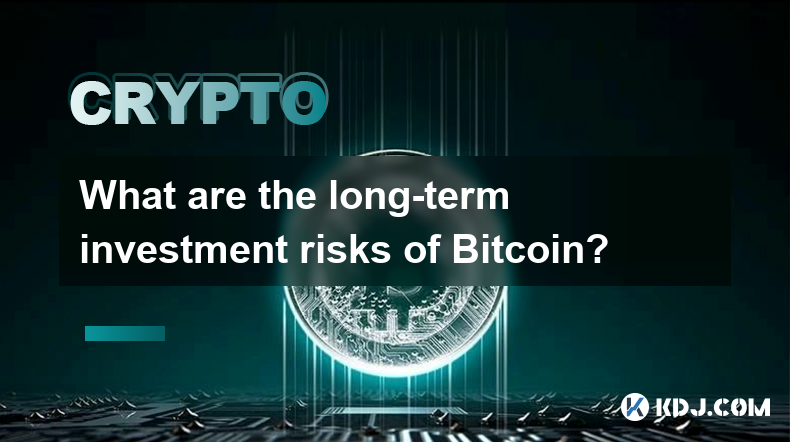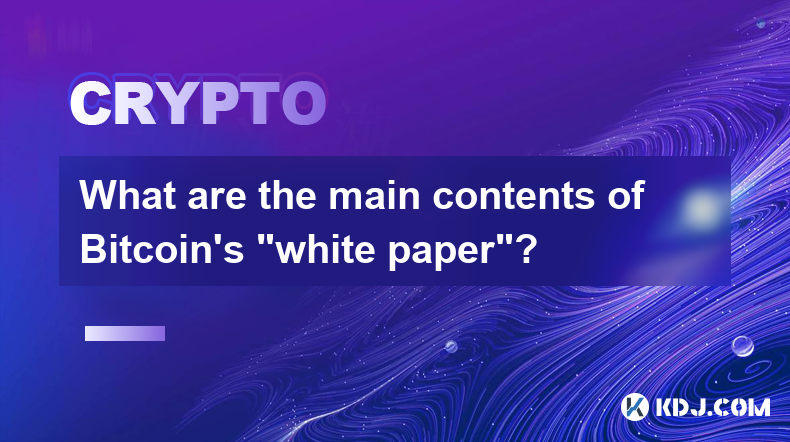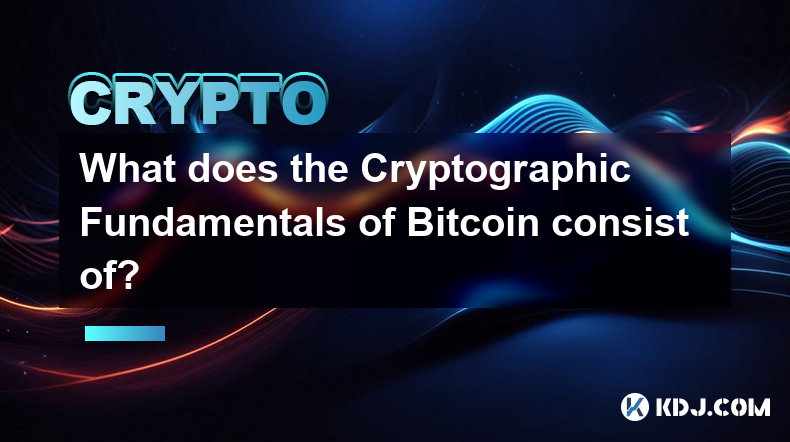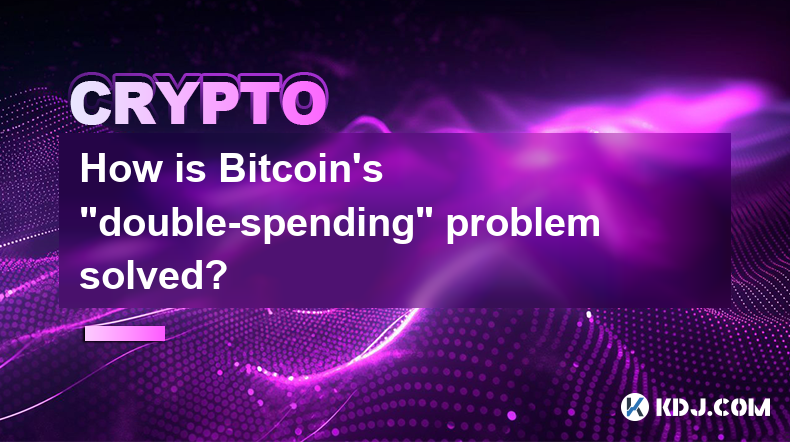-
 Bitcoin
Bitcoin $95,910.4843
-0.75% -
 Ethereum
Ethereum $2,807.9445
1.41% -
 XRP
XRP $2.5698
-0.59% -
 Tether USDt
Tether USDt $1.0003
0.01% -
 BNB
BNB $655.3695
-2.25% -
 Solana
Solana $167.8556
-2.92% -
 USDC
USDC $1.0000
0.00% -
 Dogecoin
Dogecoin $0.2425
-1.70% -
 Cardano
Cardano $0.7670
-1.13% -
 TRON
TRON $0.2451
3.79% -
 Chainlink
Chainlink $17.5572
-1.42% -
 Sui
Sui $3.3426
-1.76% -
 Avalanche
Avalanche $24.6999
-4.52% -
 Stellar
Stellar $0.3325
-0.43% -
 Litecoin
Litecoin $128.8138
1.51% -
 Toncoin
Toncoin $3.7527
0.57% -
 Shiba Inu
Shiba Inu $0.0...01542
-1.49% -
 UNUS SED LEO
UNUS SED LEO $9.7647
0.52% -
 Hedera
Hedera $0.2098
-2.89% -
 MANTRA
MANTRA $8.4900
12.59% -
 Hyperliquid
Hyperliquid $23.1401
-6.64% -
 Polkadot
Polkadot $4.9289
-2.71% -
 Bitcoin Cash
Bitcoin Cash $326.8969
1.52% -
 Bitget Token
Bitget Token $5.1321
3.64% -
 Ethena USDe
Ethena USDe $1.0003
0.08% -
 Uniswap
Uniswap $8.9811
-1.07% -
 Dai
Dai $0.9999
-0.02% -
 Monero
Monero $235.2340
1.36% -
 NEAR Protocol
NEAR Protocol $3.4313
-1.82% -
 Pepe
Pepe $0.0...09317
-3.55%
What is the token economics model of TrueFi (TRU) coin?
TrueFi's TRU token utilizes staking rewards, governance participation, and fee payments to incentivize liquidity provision, reduce borrower risk, and promote platform stability.
Dec 08, 2024 at 11:43 pm

Understanding TrueFi (TRU) Coin's Token Economics Model
Introduction
TrueFi is a decentralized lending platform that enables borrowers to access capital from lenders without relying on traditional intermediaries. The platform's native token, TRU, plays a crucial role in maintaining the stability and security of the TrueFi ecosystem. Let's explore the token economics model of TrueFi and its impact on the platform's operations.
TRU Token Basics
- Issuance: A total of 1 billion TRU tokens were issued at the platform's launch.
- Distribution: TRU tokens are distributed to contributors, stakers, lenders, and borrowers through various mechanisms.
- Utility: TRU tokens serve several crucial functions within the TrueFi ecosystem, including governance, staking rewards, and fee payments.
Token Allocation
The initial TRU token allocation was as follows:
- Team: 10%
- Backers: 15%
- Liquidity Mining (initial distribution): 25%
- Lending and Borrowing Rewards: 25%
- Ecosystem Development: 25%
Token Use Cases
TRU tokens have multiple use cases within the TrueFi ecosystem:
- Governance: TRU holders can participate in the governance of the platform by voting on proposals that affect its operations and direction.
- Staking Rewards: Lenders and borrowers can stake TRU tokens to earn rewards for providing liquidity and participating in the platform.
- Fee Payments: Borrowers pay fees in TRU for accessing capital on the platform. A portion of these fees is used to purchase TRU tokens and distribute them to stakers.
- Staking Discounts: Borrowers who stake TRU tokens receive discounts on borrowing costs. This incentive encourages lenders to provide liquidity to the platform.
Token Value Accrual
The value of TRU tokens accrues through the following mechanisms:
- Platform Usage: As the TrueFi platform gains traction and more users participate in lending and borrowing, the demand for TRU tokens increases, leading to price appreciation.
- Staked Value: The amount of TRU tokens staked in the platform's liquidity pools and governance mechanisms also contributes to the value of the token.
- Token Buybacks: TrueFi utilizes part of its revenue to buy back TRU tokens, reducing the supply and creating upward pressure on price.
Impact on Platform Operations
TRU tokens play a key role in the operation and stability of the TrueFi platform:
- Liquidity Provision: TRU token rewards incentivize lenders to provide liquidity to the platform, ensuring a sufficient supply of funds for borrowers.
- Borrower Creditworthiness: Borrowers must stake TRU tokens to access loans, reducing the risk of default and protecting lenders from potential losses.
- Platform Stability: The buyback and staking mechanisms help maintain the price of TRU tokens, providing confidence in the platform's stability and attracting more users.
- Governance and Decision-Making: TRU holders have a say in the platform's direction through governance mechanisms, ensuring that the platform evolves based on the needs of its users.
Conclusion
TrueFi's token economics model is designed to incentivize participation, ensure platform stability, and create value for TRU token holders. By integrating utility, rewards, and governance mechanisms, the model fosters a thriving ecosystem that benefits lenders, borrowers, and the TrueFi platform overall.
Disclaimer:info@kdj.com
The information provided is not trading advice. kdj.com does not assume any responsibility for any investments made based on the information provided in this article. Cryptocurrencies are highly volatile and it is highly recommended that you invest with caution after thorough research!
If you believe that the content used on this website infringes your copyright, please contact us immediately (info@kdj.com) and we will delete it promptly.
- Onyxcoin (XCN) Price Prediction: Can it Outgpace XRP, SUI & Other Gems?
- 2025-02-24 06:50:27
- The Subtle Clash in Crypto: Is XRP Gaining Ground in a Bitcoin-Dominated Space?
- 2025-02-24 06:50:27
- Will Bitcoin's Dance with Volatility Ignite a New Altcoin Boom?
- 2025-02-24 06:50:27
- Arctic Pablo Coin Leads the Pack: Deflationary Magic, Meme Fest, and Top New Meme Coins to Invest in Now
- 2025-02-24 06:50:27
- Whales Accumulate XRP and SHIB Tokens, Signaling Strategic Bets on Undervalued Assets
- 2025-02-24 06:50:27
- IntelMarkets (INTL): A New AI-Based Trading Platform To Transform the Crypto Trading Space
- 2025-02-24 06:50:27
Related knowledge

What are the long-term investment risks of Bitcoin?
Feb 22,2025 at 05:30pm
Key PointsVolatility and price fluctuationsRegulatory uncertaintySecurity risksCompetition from altcoinsMarket manipulation and scamsTransaction feesEnvironmental concernsLong-Term Investment Risks of BitcoinVolatility and Price FluctuationsBitcoin's high volatility is a double-edged sword. While it has the potential to generate substantial returns, it ...

What are the main contents of Bitcoin's "white paper"?
Feb 21,2025 at 04:36am
Key Points:Understanding Bitcoin's Genesis: The White Paper's IntroductionA Decentralized Digital Currency: Bitcoin's Core ConceptBlockchain Technology: The Foundation of Bitcoin's Immutable LedgerProof-of-Work: Securing Bitcoin's NetworkThe Design of Bitcoin's Currency: Issuance, Scarcity, and DivisibilityBitcoin's Potential Applications and Future Pro...

How does Bitcoin's distributed ledger ensure consistency?
Feb 22,2025 at 10:06pm
Key Points:Bitcoin employs a distributed ledger, also known as a blockchain, to maintain a tamper-proof and consistent record of transactions.The blockchain is a decentralized network of computers that collectively validate and store transaction data.Bitcoin's distributed ledger ensures consistency through consensus mechanisms and cryptographic algorith...

What does the Cryptographic Fundamentals of Bitcoin consist of?
Feb 21,2025 at 12:06pm
Key PointsUnderstanding the cryptographic algorithms used in BitcoinFamiliarization with the Bitcoin blockchain and its underlying mechanicsExamination of the security measures that protect Bitcoin from attackAnalysis of the decentralized nature of Bitcoin and its implicationsDiscussion of the scalability and transaction fee issues associated with Bitco...

What is Bitcoin's relationship with blockchain technology?
Feb 22,2025 at 07:00pm
Bitcoin's Intertwined Relationship with Blockchain TechnologyKey Points:Definition of blockchain technology and its decentralized natureBitcoin's utilization of blockchain for secure and immutable transactionsThe role of blockchain in verifying and confirming transactionsEvolution of blockchain technology beyond Bitcoin's cryptocurrency applicationsUnde...

How is Bitcoin's "double-spending" problem solved?
Feb 23,2025 at 02:54am
Key Points:The double-spending problem refers to the potential for a digital currency transaction to be reversed, allowing the same funds to be spent multiple times.Bitcoin solves this problem through the use of a decentralized blockchain, a public ledger that records all transactions permanently and securely.The immutability and transparency of the blo...

What are the long-term investment risks of Bitcoin?
Feb 22,2025 at 05:30pm
Key PointsVolatility and price fluctuationsRegulatory uncertaintySecurity risksCompetition from altcoinsMarket manipulation and scamsTransaction feesEnvironmental concernsLong-Term Investment Risks of BitcoinVolatility and Price FluctuationsBitcoin's high volatility is a double-edged sword. While it has the potential to generate substantial returns, it ...

What are the main contents of Bitcoin's "white paper"?
Feb 21,2025 at 04:36am
Key Points:Understanding Bitcoin's Genesis: The White Paper's IntroductionA Decentralized Digital Currency: Bitcoin's Core ConceptBlockchain Technology: The Foundation of Bitcoin's Immutable LedgerProof-of-Work: Securing Bitcoin's NetworkThe Design of Bitcoin's Currency: Issuance, Scarcity, and DivisibilityBitcoin's Potential Applications and Future Pro...

How does Bitcoin's distributed ledger ensure consistency?
Feb 22,2025 at 10:06pm
Key Points:Bitcoin employs a distributed ledger, also known as a blockchain, to maintain a tamper-proof and consistent record of transactions.The blockchain is a decentralized network of computers that collectively validate and store transaction data.Bitcoin's distributed ledger ensures consistency through consensus mechanisms and cryptographic algorith...

What does the Cryptographic Fundamentals of Bitcoin consist of?
Feb 21,2025 at 12:06pm
Key PointsUnderstanding the cryptographic algorithms used in BitcoinFamiliarization with the Bitcoin blockchain and its underlying mechanicsExamination of the security measures that protect Bitcoin from attackAnalysis of the decentralized nature of Bitcoin and its implicationsDiscussion of the scalability and transaction fee issues associated with Bitco...

What is Bitcoin's relationship with blockchain technology?
Feb 22,2025 at 07:00pm
Bitcoin's Intertwined Relationship with Blockchain TechnologyKey Points:Definition of blockchain technology and its decentralized natureBitcoin's utilization of blockchain for secure and immutable transactionsThe role of blockchain in verifying and confirming transactionsEvolution of blockchain technology beyond Bitcoin's cryptocurrency applicationsUnde...

How is Bitcoin's "double-spending" problem solved?
Feb 23,2025 at 02:54am
Key Points:The double-spending problem refers to the potential for a digital currency transaction to be reversed, allowing the same funds to be spent multiple times.Bitcoin solves this problem through the use of a decentralized blockchain, a public ledger that records all transactions permanently and securely.The immutability and transparency of the blo...
See all articles

















































































